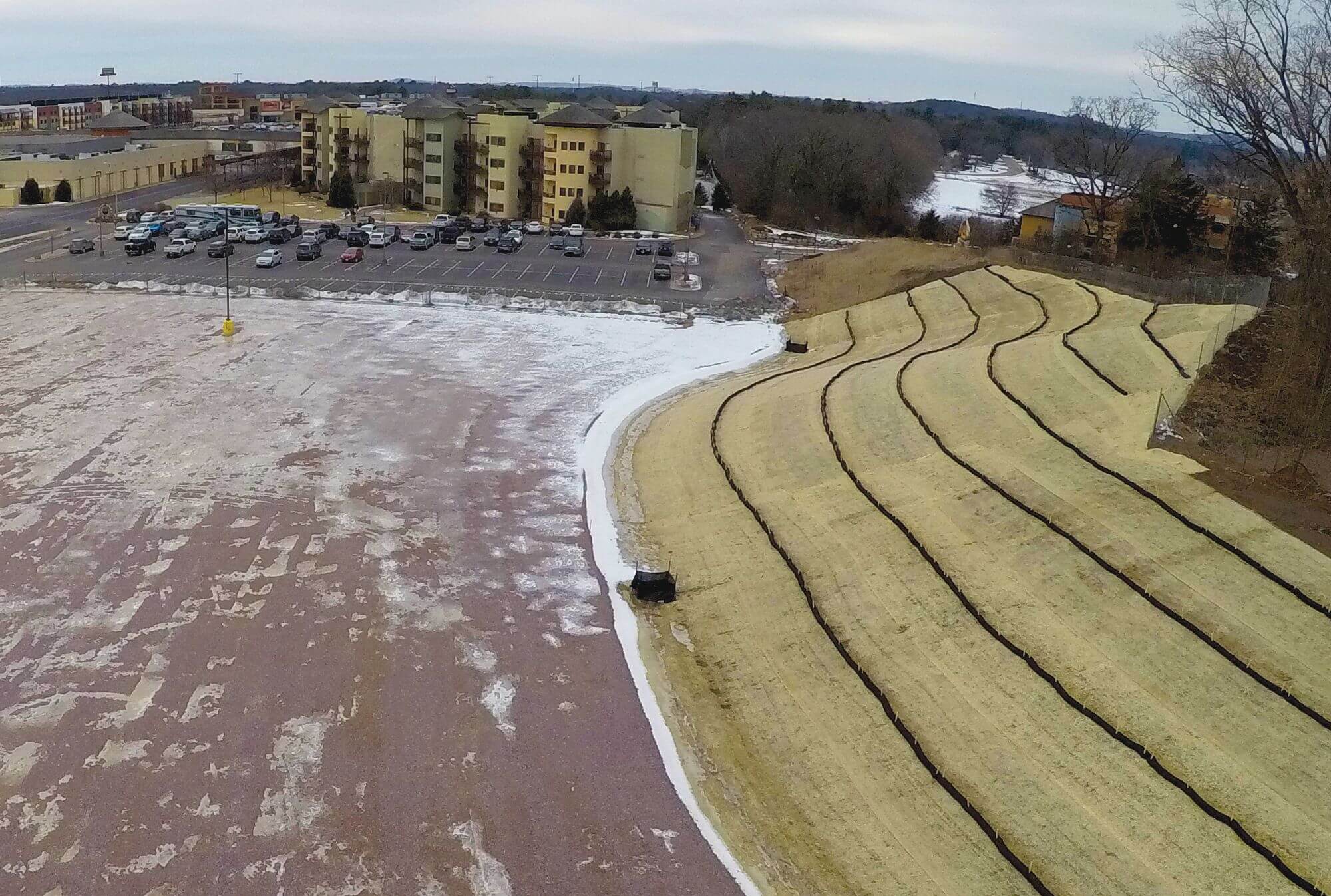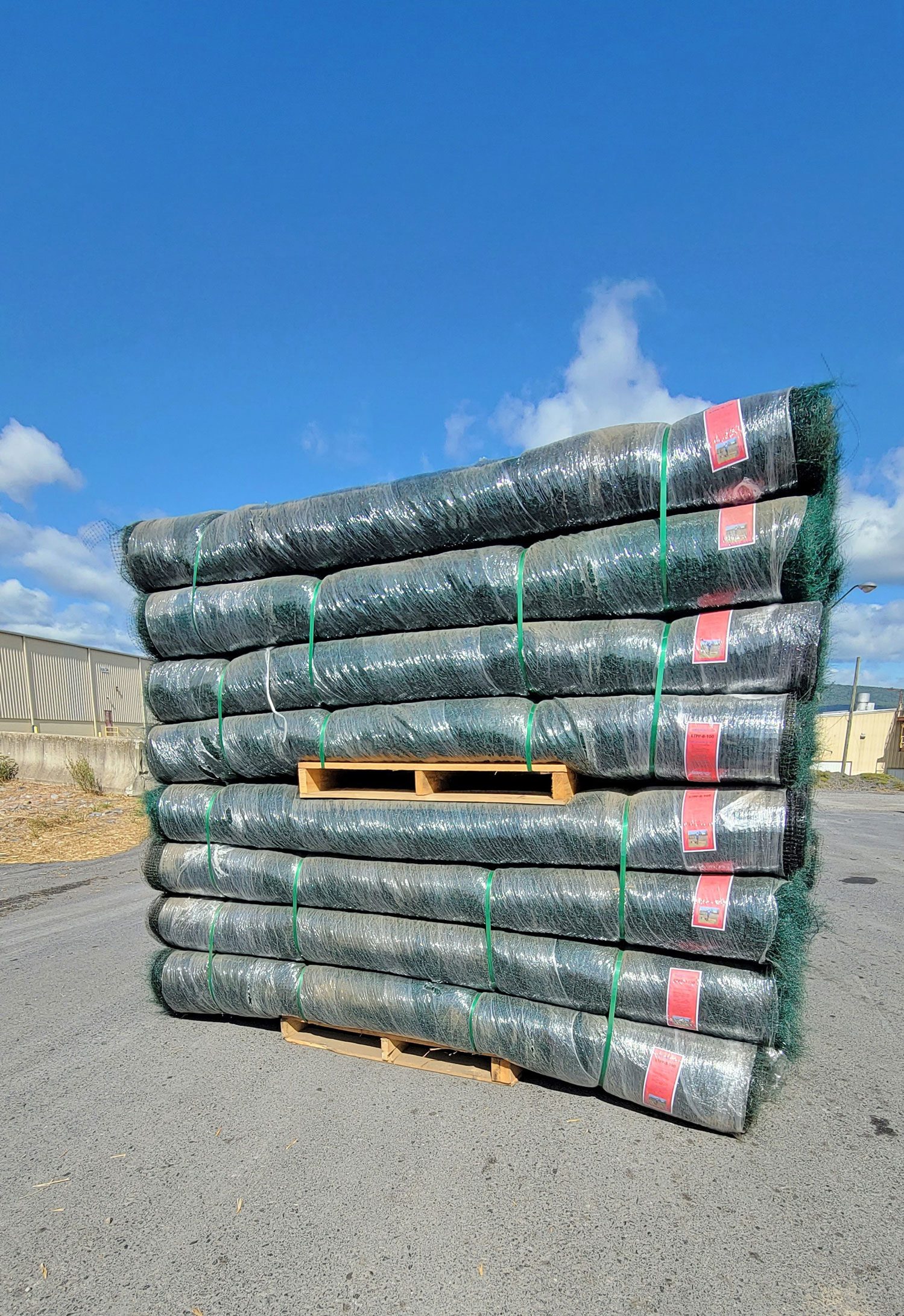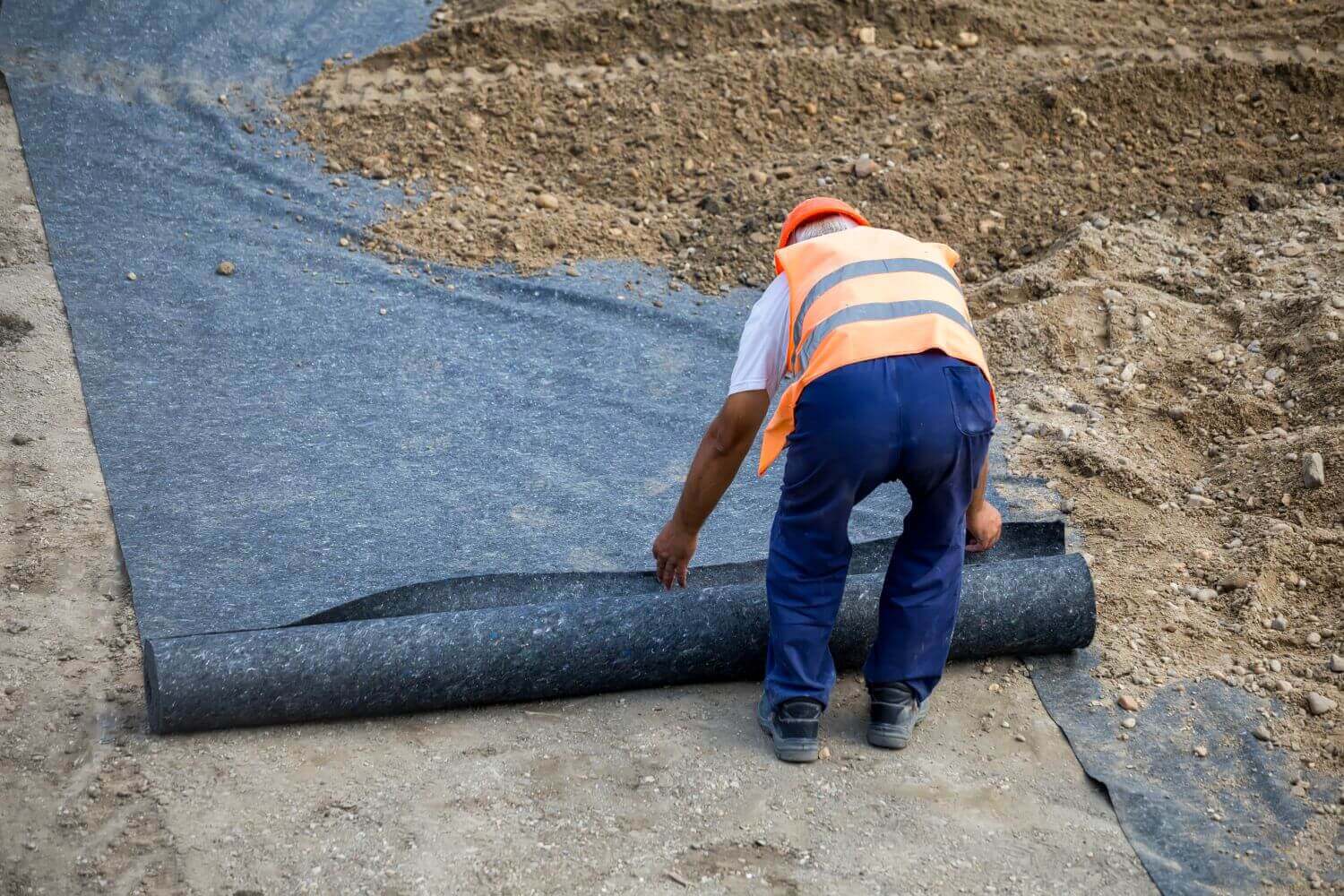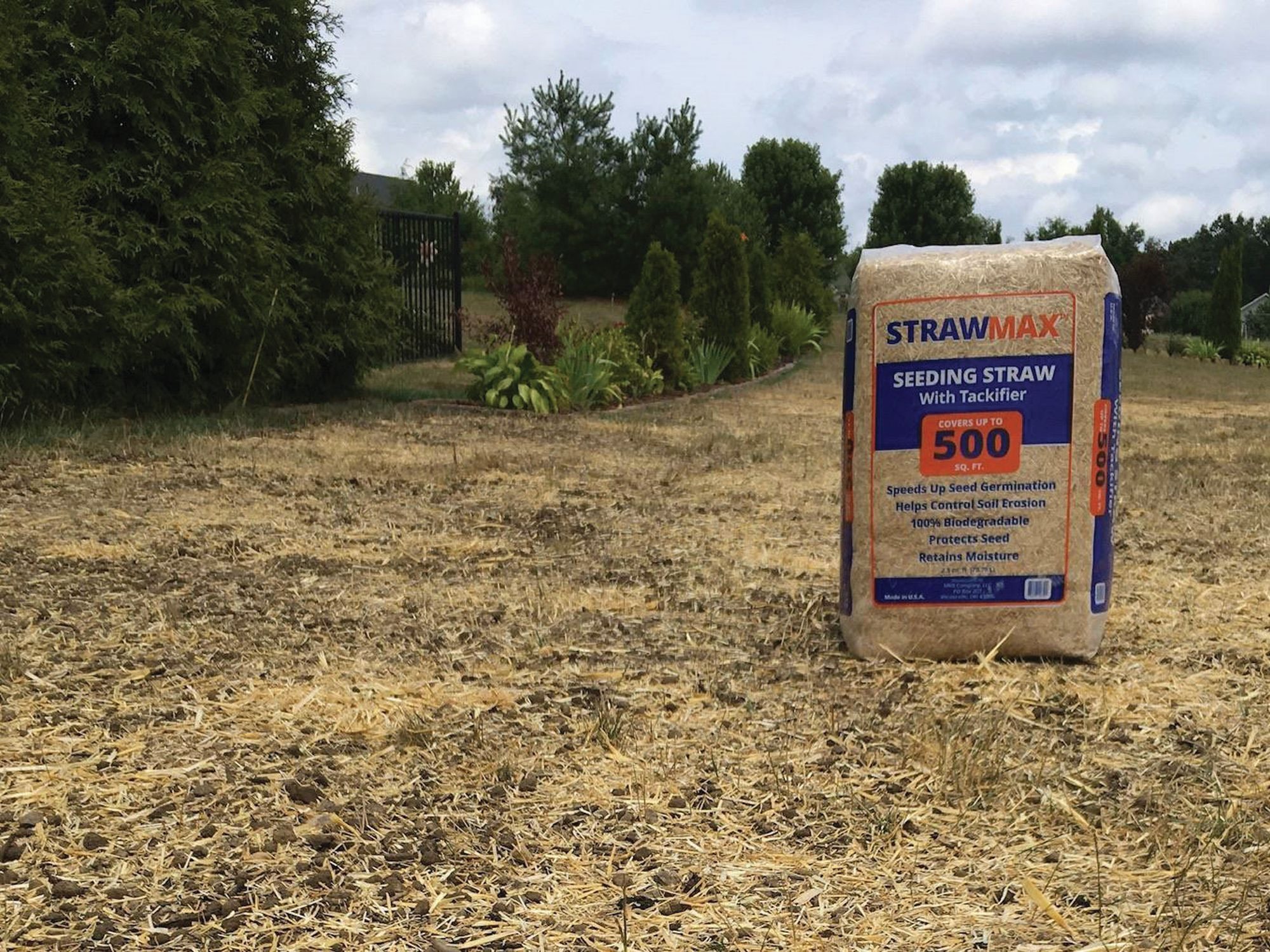Slope stabilization is a critical aspect of construction, land development, and restoration projects. These techniques ensure the safety and stability of slopes while preventing soil erosion, sediment displacement, and environmental degradation. Effective slope stabilization not only protects infrastructure but also supports sustainable practices by restoring natural ecosystems.
How Slope Stabilization Techniques Work
Slope stabilization focuses on reinforcing the structural integrity of slopes through geosynthetic, vegetative, or mechanical methods. These techniques aim to prevent soil movement, maintain the slope’s stability, and restore vegetation for long-term erosion control.
- Geosynthetic Techniques: Geosynthetics such as geotextiles, geogrids, and erosion control blankets provide structural reinforcement while protecting soil from erosion. These materials are engineered to enhance drainage, filter sediment, and distribute loads across the slope. They are particularly effective in areas with high erosion risks or steep gradients.
- Vegetative Techniques: Vegetative solutions focus on planting grasses, shrubs, or trees that anchor the soil with their root systems. This natural method not only stabilizes the slope but also improves water absorption, reduces runoff velocity, and enhances biodiversity. Vegetation plays a long-term role in slope stabilization by restoring ecosystems and promoting self-sustaining landscapes.
- Mechanical Techniques: Mechanical methods involve using physical structures such as retaining walls, terracing, or gabions to stabilize slopes. These structures provide immediate support, counteracting gravitational forces and stabilizing loose soil. They are often used in combination with vegetative or geosynthetic solutions for a comprehensive approach.
Register for a Virtual Lunch & Learn Session
Deepen your understanding of inlet protection and explore the latest trends and innovations in the field. During this session industry experts will share valuable insights, practical tips, and real-world case studies.
Earn 1 PDH Credit.
MKB Company’s Featured Slope Stabilization Products
ErosionTech RECPs
Rolled Erosion Control Products (RECPs) are vital tools for stabilizing slopes and channels, particularly on construction sites and other areas prone to erosion. These products help mitigate soil displacement while promoting vegetative growth to restore disturbed or highly erodible soils. MKB Company’s ErosionTech line offers a wide variety of RECPs, including erosion control blankets (ECBs) and permanent turf reinforcement mats (TRMs), catering to both temporary and long-term stabilization needs. These solutions effectively reduce soil erosion, aid vegetation establishment, and ensure lasting protection for projects ranging from highways to residential developments.
ErosionTech products come in an array of fill materials, netting configurations, and longevities to meet the specific demands of any job. Options like straw, coir, and excelsior blankets are available for different environmental conditions and performance requirements. Netting ranges from single and double-layer photodegradable options to fully biodegradable varieties, offering flexibility for projects requiring short-term or environmentally sustainable solutions. For long-lasting results, permanent turf reinforcement matsprovide extra durability by reinforcing the root systems of vegetation.
Geotextiles
Geotextiles are indispensable tools for a wide array of civil engineering and environmental projects. Designed to strengthen, protect, and manage soils, these materials are used in applications such as road construction, railway stabilization, drainage systems, agricultural projects, and coastal reinforcement. Their versatility lies in their ability to serve multiple functions, including filtration, drainage, reinforcement, cushioning, waterproofing, and soil separation.
Geotextiles are available in various types to suit specific project needs. For example, non-woven fabrics are ideal for filtration and drainage tasks, while woven stabilization fabrics provide excellent strength and durability for load-bearing applications like embankments and roads. Woven monofilaments offer enhanced permeability for projects requiring water filtration without compromising structural stability. For additional support in soil reinforcement and stabilization, geogrids distribute loads effectively and provide robust support in challenging terrains.
Whether stabilizing soil for a highway, filtering runoff in agricultural settings, or reinforcing a pipeline project, geotextiles are a proven solution to enhance the success and longevity of your project. Their functionality and variety make them a cornerstone of modern construction and environmental restoration.
StrawMax Seeding Straw
StrawMax provides a practical, efficient solution for slope stabilization and vegetation restoration. Designed to simplify the process of grass seeding and temporary erosion control, this pre-chopped agricultural straw is ready for easy hand spreading. It’s ideal for covering areas during land restoration projects, touch ups along erosion control blankets, and maintaining soil stability in exposed spaces.
Each bale of StrawMax includes an environmentally friendly tackifier made from guar gum, which helps the straw adhere to the ground and prevents it from blowing away in windy conditions. A single bale can cover up to 500 square feet, making it an excellent choice for both small touch ups and larger restoration areas.
Benefits of Slope Stabilization
Environmentally Friendly Solutions: Products like biodegradable RECPs and seeding straw offer sustainable options for stabilizing slopes while facilitating vegetation regrowth. By supporting plant establishment, these techniques improve air and water quality, increase biodiversity, and create more resilient ecosystems.
Durable and Flexible Applications: Slope stabilization solutions can be tailored to different environments, including steep terrains, woodland restoration, highways, and even landfill caps. Their adaptability makes them suitable for projects ranging from residential landscaping to large-scale commercial sites.
Enhanced Safety and Infrastructure Protection: Stabilized slopes reduce the risk of landslides, sediment runoff, and property damage. This ensures safer conditions for construction projects and the surrounding environment.
Efficient Restoration of Disturbed Areas: Products like ErosionTech RECPs and StrawMax seeding straw expedite the establishment of vegetative cover, ensuring rapid restoration of construction sites, mines, and other degraded landscapes.
Applications of Slope Stabilization Techniques
Slope stabilization techniques play a critical role in ensuring safety, functionality, and ecological balance across a variety of industries. In commercial developments and residential areas, these methods prevent soil erosion while enhancing the visual appeal of urban and suburban landscapes. Along highways and pipelines, stabilization techniques protect vital infrastructure by reinforcing embankments and mitigating erosion risks. In mining operations and landfill caps, they help minimize environmental impact by stabilizing disturbed areas and securely capping waste, reducing potential hazards. Meanwhile, in woodlands and golf courses, slope stabilization supports habitat restoration and maintains the integrity of recreational spaces, blending functionality with natural beauty. These versatile applications demonstrate the importance of slope stabilization in both preserving the environment and supporting human activities.

Conclusion
Investing in slope stabilization techniques is essential for the success and sustainability of construction and restoration projects. By using advanced materials like ErosionTech RECPs, geotextiles, and seeding straw, you can protect slopes from erosion, enhance vegetation growth, and ensure long-term environmental health.
Whether you’re working on a commercial site, residential property, or ecological restoration project, choosing the right slope stabilization products will help you build a resilient, sustainable future. Contact MKB Company today to discuss the parameters of your next project and let us help you find the slope stabilization product that is best for you!
Register for Our Lunch and Learn Session
Ready to deepen your understanding of inlet protection and explore the latest trends and innovations in the field? Register for a virtual Lunch and Learn session, where industry experts will share valuable insights, practical tips, and real-world case studies. Don’t miss this opportunity to expand your knowledge, earn professional development hours, and connect with peers in the industry. Register now to secure your spot and take the first step towards mastering the art of inlet protection.





